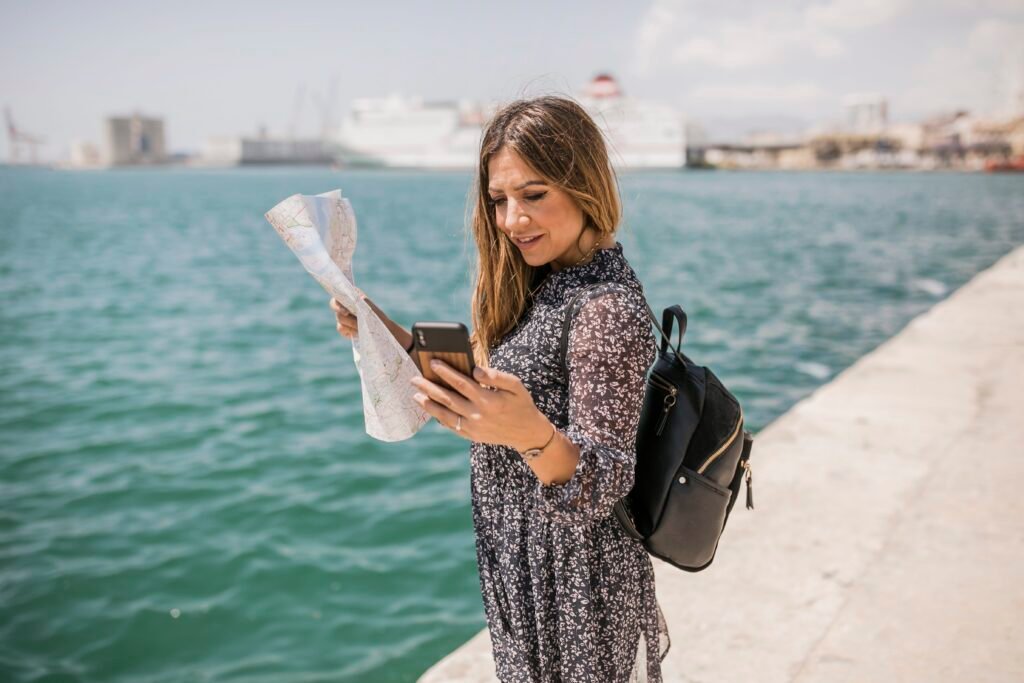
Explore the latest developments in global entry regulations for tourists and travelers through News On Trip, a resource built to monitor and present structured updates on international travel zones. As tourism activity resumes and changes across countries and continents, staying updated with precise entry data has become increasingly essential. This article provides structured global entry-related information, outlining current changes in travel accessibility, tourism frameworks, and country-wise entry management systems.
Overview of Global Entry Regulations
With dynamic shifts in international tourism, nations continue to adapt entry systems for travelers from various origins. Governments, border control authorities, and international aviation bodies frequently update travel protocols to align with health, security, and geopolitical considerations. Tourists must navigate complex entry frameworks including visa requirements, digital documentation, screening protocols, and category-based permissions.
Entry Rule Types and Frameworks
Different categories of entry policies are now observed:
- Unrestricted Entry: Minimal documentation; often reserved for citizens of specific partner nations.
- Conditional Entry: Includes testing, documentation, or digital declarations.
- Restricted Entry: Requires government clearance or falls under temporary suspension.
- Transit-Specific Regulations: Designed for travelers connecting through major hubs.
These categories often change on short notice and vary by region, traveler profile, and transport mode.
Regional Entry Updates from Global Travel Networks
International entry rules are region-specific. The following sections examine updates from major global regions. Each section incorporates the latest entries within the broad scope of global travel, as presented through News On Trip resources.
North America Entry Developments
United States
The United States continues with a digital entry monitoring approach, including:
- Updated Electronic System for Travel Authorization (ESTA) details.
- Specific requirements for inbound travelers from designated zones.
- Pre-arrival documentation validation via digital systems.
Canada
Canada maintains structured digital authorization with region-wise rules for:
- Visa-exempt tourists using eTAs.
- Direct entry conditions with periodic review mechanisms.
Europe Travel Entry Policy Summary
Schengen Zone
The Schengen countries apply unified entry policies but retain border discretion. News On Trip data shows trends including:
- Entry permissions based on EU digital travel documentation.
- Updated requirements under ETIAS (European Travel Information and Authorization System) for non-Schengen travelers.
United Kingdom
The UK retains separate border control. Updates include:
- Requirement of Electronic Travel Authorisation (ETA) for visa-free nationalities.
- Advance passenger information submission across entry points.
Asia-Pacific Entry Structure for Tourists
Countries in the Asia-Pacific region continuously revise border access. Tourism recovery rates influence entry policies.
East Asia
Japan
Implements controlled entry via:
- eVisa platforms.
- Proof of itinerary or sponsorship documents.
South Korea
Recent updates include:
- Revised K-ETA protocols for select nations.
- Restrictions for high-risk regions based on real-time monitoring.
Southeast Asia
Thailand and Indonesia
Both countries implement flexible short-term tourist access:
- Visa-on-arrival programs with duration and fee-based conditions.
- Digital registration of tourists through official portals.
Middle East Travel Access Insights
United Arab Emirates
The UAE continues with tiered visa-on-arrival frameworks for specific nationalities. Entry conditions revolve around:
- Digital declarations.
- Time-based tourist permits aligned with transport type.
Saudi Arabia
The kingdom expands tourist visa channels for:
- Event-based travel access.
- Cross-border religious and leisure travel authorizations.
Africa’s Entry Policy Structures for Tourism
North Africa
Morocco and Egypt
Both nations operate eVisa portals and entry protocols linked with:
- Proof of accommodation.
- Passport validity periods exceeding six months.
Sub-Saharan Africa
Entry policies are often tied to:
- Tourism partnership agreements.
- Airport-based screening and traveler declarations.
Latin American Entry Conditions
Brazil and Argentina
Use country-specific short-term travel rules with:
- Waived visa requirements for selected nationals.
- Entry tied to transport documentation and proof of funds.
Mexico
Mexico enables entry for tourists without requiring visas for a number of countries. Entry systems are built around:
- Tourism card validation at point of arrival.
- Alignment with departure airline data.
Institutional Entry News and Developments
Travel entry information also depends on transport and institutional networks.
IATA Entry Systems
The International Air Transport Association (IATA) facilitates digital entry verification tools for:
- Airlines integrating passenger data with national entry platforms.
- Travelers accessing real-time travel alerts for specific regions.
Border Technology Updates
New developments in border technology include:
- Biometric validation systems.
- Contactless entry booths in major airports.
Digital Tools for Entry Monitoring
Tourists and international travelers are increasingly reliant on digital platforms to verify their entry status.
Government Entry Apps
Many nations now require:
- Mobile app registration.
- Pre-arrival health or documentation uploads.
Global Entry Portals
Portals used for:
- Entry documentation submission.
- Tracking real-time policy updates.
News On Trip consistently features verified portals used by ministries and tourism departments for real-time entry coordination.
Impact of Entry Regulations on Global Travel Patterns
Entry updates have led to shifts in travel behavior. Tourists increasingly:
- Opt for regions with predictable entry frameworks.
- Use real-time data from platforms like News On Trip to adjust travel plans.
Frequent Changes and the Need for Ongoing Monitoring
The necessity for continuous updates remains high due to:
- Policy shifts based on international events.
- Technical platform changes impacting access.
- Airline entry coordination changes.
News On Trip serves as a neutral aggregator of travel news, allowing global tourists to reference entry information efficiently and without regional bias.
Airline and Cruise Entry Synchronization
Travelers must also align entry compliance with transport regulations:
- Airlines often conduct preliminary entry checks during check-in.
- Cruise lines enforce on-board documentation verification for port-based entries.
Updates across these sectors are visible through World Travel News sections on platforms like News On Trip.
Summary of Current Trends in Entry Protocols
- Nations maintain layered entry frameworks for different traveler types.
- Tourist entry often includes both digital and in-person procedures.
- Institutional portals and apps are now central to entry authorization.
Conclusion
Travel entry regulations form a critical part of the international tourism infrastructure. Platforms like News On Trip offer structured, real-time access to travel documentation requirements and entry frameworks across continents. Whether planning travel for leisure, work, or regional exploration, tourists now depend on consistent sources that combine travel news, policy updates, and global travel alerts.
The evolution of international entry systems—both digital and procedural—requires that travelers stay informed through reliable resources such as News On Trip. With country-specific policy tracking and institutional coordination, global tourists can align their plans with changing entry protocols under a unified view of world travel news.
